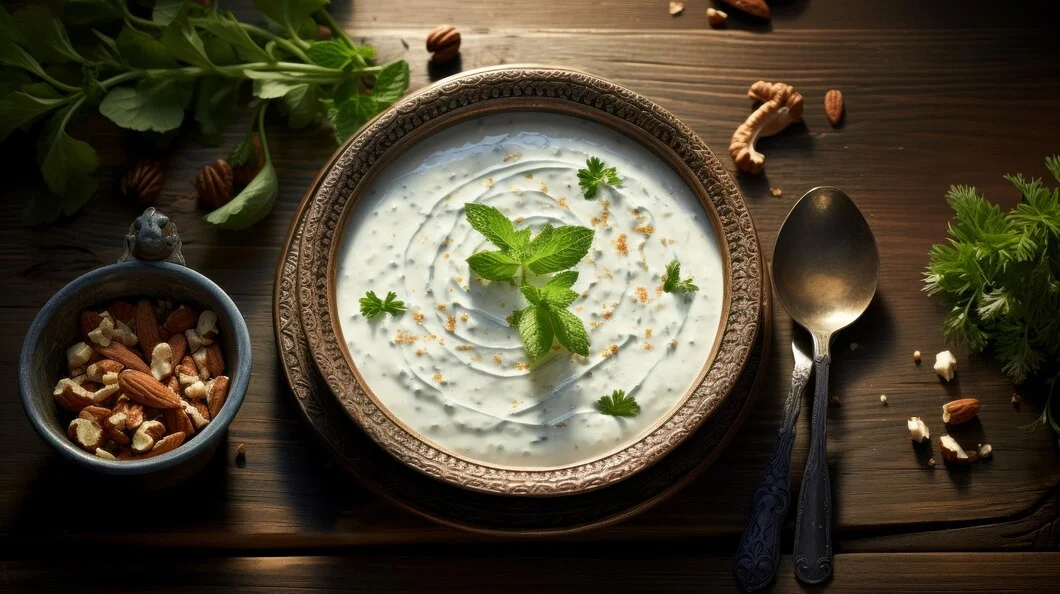
Marjoram, scientifically known as Origanum majorana, is a versatile herb that has been cherished for centuries for its culinary and medicinal properties. Belonging to the mint family, Lamiaceae, this aromatic herb is native to the Mediterranean region and has found its way into kitchens and herbal medicine cabinets around the world.
History and Cultural Significance
The history of marjoram dates back to ancient times, where it was highly valued by various civilizations. The ancient Greeks and Romans considered marjoram a symbol of happiness, and it was often used in weddings and other celebrations. In ancient Egypt, marjoram was believed to have healing properties and was used in medicinal concoctions.
"Marjoram, with its delicate fragrance and subtle flavor, has been a culinary and medicinal staple throughout history."
During the Middle Ages, marjoram was cultivated in monastery gardens and used both in the kitchen and for its therapeutic benefits. Over the years, it has maintained its significance in traditional European cuisines, with various countries incorporating it into their culinary practices.
Culinary Uses
Marjoram boasts a mild and slightly sweet flavor, making it a popular choice in various dishes. Its compatibility with a wide range of ingredients has secured its place in both fresh and dried forms in kitchens worldwide.
One of the most common uses of marjoram is in seasoning meat dishes. It pairs exceptionally well with lamb, beef, and poultry, adding a depth of flavor that enhances the overall taste of the dish. Its subtle citrus undertones make it a delightful addition to marinades, rubs, and stews.
Furthermore, marjoram is a key player in Mediterranean cuisine, where it is often featured in pasta sauces, soups, and salads. Its ability to harmonize with tomatoes, olive oil, and garlic makes it a versatile herb in various Italian and Greek recipes.
Medicinal Properties
Beyond its culinary applications, marjoram has a rich history in traditional medicine. The herb is known for its numerous health benefits, thanks to its diverse range of active compounds, including terpenes, flavonoids, and tannins.
One of the primary medicinal uses of marjoram is its ability to promote digestion. The herb contains compounds that stimulate the digestive system, easing indigestion and bloating. A cup of marjoram tea after a meal can be a soothing and digestive aid.
Marjoram is also celebrated for its anti-inflammatory and antimicrobial properties. It has been traditionally used to alleviate respiratory issues, such as coughs and bronchitis, thanks to its ability to reduce inflammation and promote a healthy immune response.
Additionally, the calming effects of marjoram make it a popular choice for those seeking relief from stress and anxiety. The essential oil extracted from marjoram is often used in aromatherapy to induce relaxation and improve sleep quality.
Growing Marjoram at Home
Whether you have a green thumb or are just starting your journey into gardening, growing marjoram at home can be a rewarding experience. This herb is well-suited for both garden beds and container gardening, making it accessible to a wide range of gardening enthusiasts.
Marjoram prefers well-draining soil and a sunny location. It's relatively low-maintenance, requiring regular watering and occasional pruning to encourage bushier growth. With proper care, you can have a fresh and abundant supply of marjoram right at your fingertips.
Conclusion
In conclusion, marjoram stands as a testament to the harmonious blend of flavor and wellness that nature provides. From ancient civilizations to modern kitchens and herbal medicine practices, this herb has transcended time, leaving an indelible mark on cultures around the world.
Whether you choose to incorporate marjoram into your culinary creations or explore its medicinal benefits, this versatile herb has something to offer for everyone. As you savor its delicate aroma and savor its nuanced taste, you'll be connecting with a rich tapestry of history and tradition that continues to unfold with each use of this remarkable herb.



0 Comments